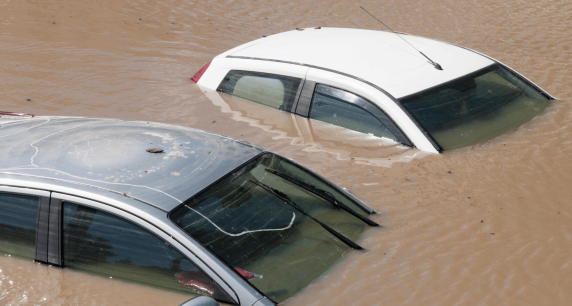What Are the Functions of the Fuel Pump?
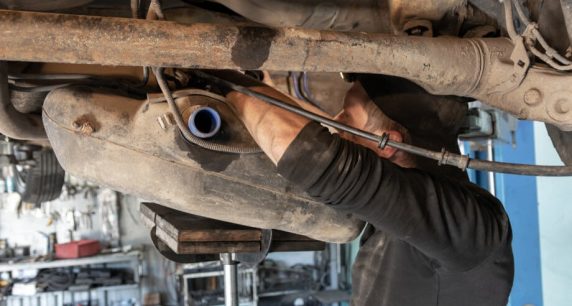
WHAT IS A FUEL PUMP AND WHY IS IT IMPORTANT?
If you could look inside your fuel tank, you would find a cylindrical pump. It’s the fuel pump, and its job is to pump fuel into the engine and to maintain a certain fuel system pressure. It may be smaller than many parts in your car, but it actually plays a huge role in the operation of your engine.
HOW A FUEL PUMP WORKS?
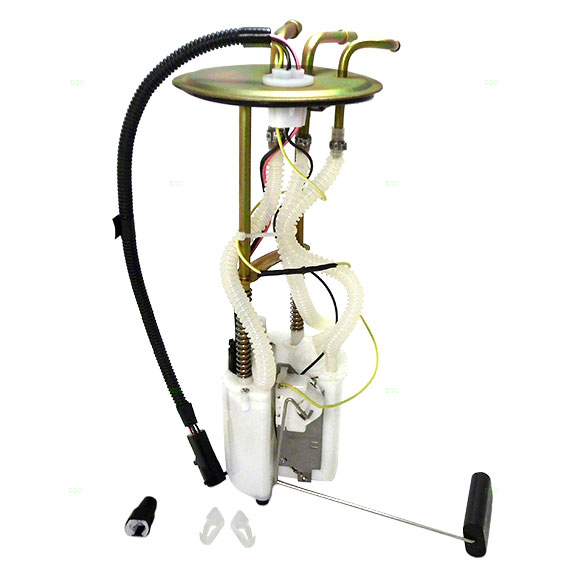
The fuel pump draws gas out of your tank and then pumps it to the engine through a flexible fuel line. When the gas reaches the engine, it is either directly injected into the combustion chamber, or injected into the intake manifold.
Modern electric fuel pumps typically use a turbine spinning at high speed to suck fuel from the bottom of the tank. The fuel then flows through the pump and into the fuel line. The pump uses a system of pressure relief valves to manage the fuel pressure very precisely.
It may seem odd that the fuel pump is located inside the fuel tank, where it is submerged in fuel. This is possible because gasoline is a very poor conductor of electricity. Gasoline actually flows over the electric motor inside the fuel pump and keeps it cool. Gasoline also acts as a lubricant for the moving parts of the pump.
FUEL PUMP LOCATION
The fuel pump is almost always located at the top and inside the fuel tank on newer cars. Some cars have a cover to remove under the backseat or in the trunk to reach the fuel pump’s location. Unfortunately, you have to remove or lower the fuel tank to reach it for some cars. Some older cars do also have an external fuel pump located outside of the tank.
CAUSES OF FUEL PUMP FAILURE
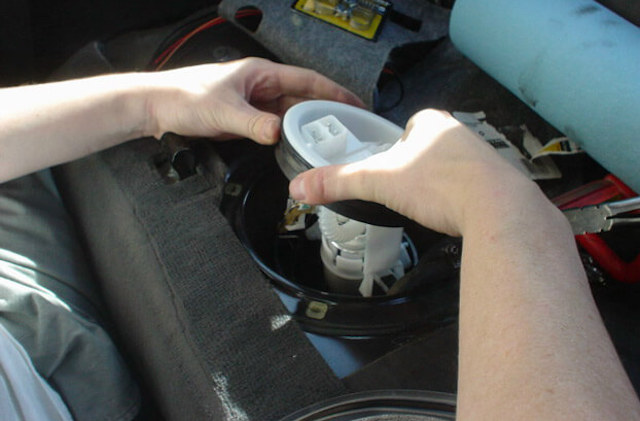
The most common causes of fuel pump failure are:
- Premature Wear Due to Overheating – Electric motors last longer when kept cool. When a fuel tank is low, the fuel pump is not submerged, so it has less cooling. It also has to work harder to generate pressure, which makes the pump run hotter. The best way to prevent this problem is to always fill the tank to full, and to never run lower than 1/4 tank.
- Failure Due to Running Out of Gas – Running out of gas completely just once can cause the fuel pump to fail. Without any gas, the pump has no lubricant and no cooling. If you do run out of gas, switch off the ignition immediately. Most fuel pumps are running when the ignition is switched on, even if the engine is not running.
- Failure Due to Pump Corrosion – Corrosion of the pump can occur if the car sits for a while with a partially full tank of gas. Ethanol attracts water from the air, and the water corrodes the pump. (Most gas has some ethanol in it.) To prevent this problem when storing a car, you can either:
-
- Drain the tank.
- Treat the fuel with an additive that helps to prevent water accumulation.
WHY A BROKEN FUEL PUMP NEEDS TO BE REPLACED RIGHT AWAY
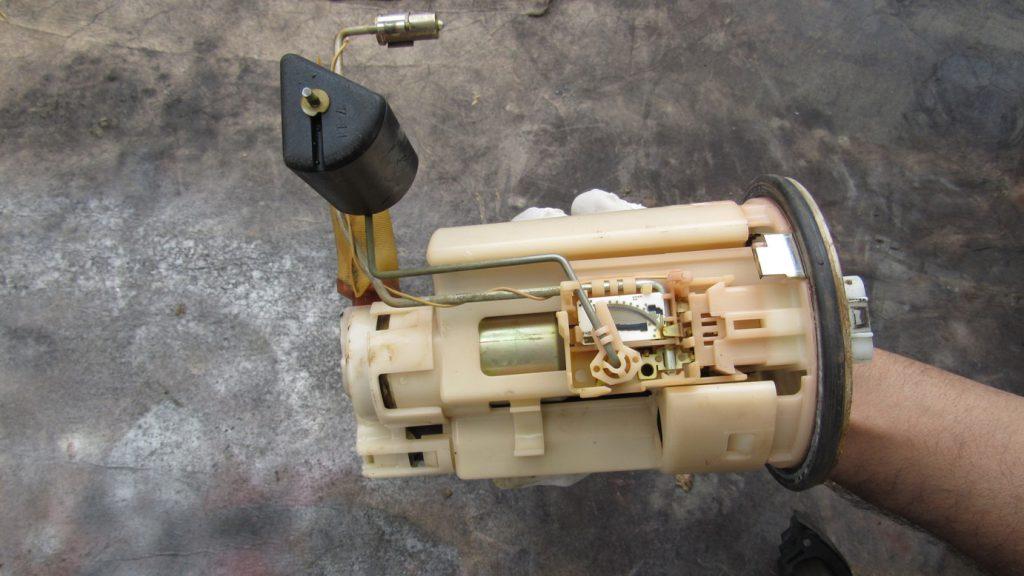
When your fuel pump begins to fail, a number of symptoms may arise:
- Difficulty starting the engine
- Lack of power
- Weak acceleration
- Whine from the fuel tank
If a failing fuel pump isn’t replaced, it’ll eventually stop working and prevent the engine from starting at all. It’s not a situation you’d want to get into, especially if you’re away from home.
WHY USE AN OEM REPLACEMENT FUEL PUMP?
If the fuel pump in your Ford fails, you want to replace it with the exact same model made by the same company that makes your car’s original parts. These parts are called OEM (original equipment manufacturer) parts. They’re a much safer bet than aftermarket parts. OEM fuel pumps are engineered specifically to work optimally with your fuel system. Many aftermarket fuel pumps have a universal design, meaning they may not provide the exact fuel pressure required by your vehicle.

